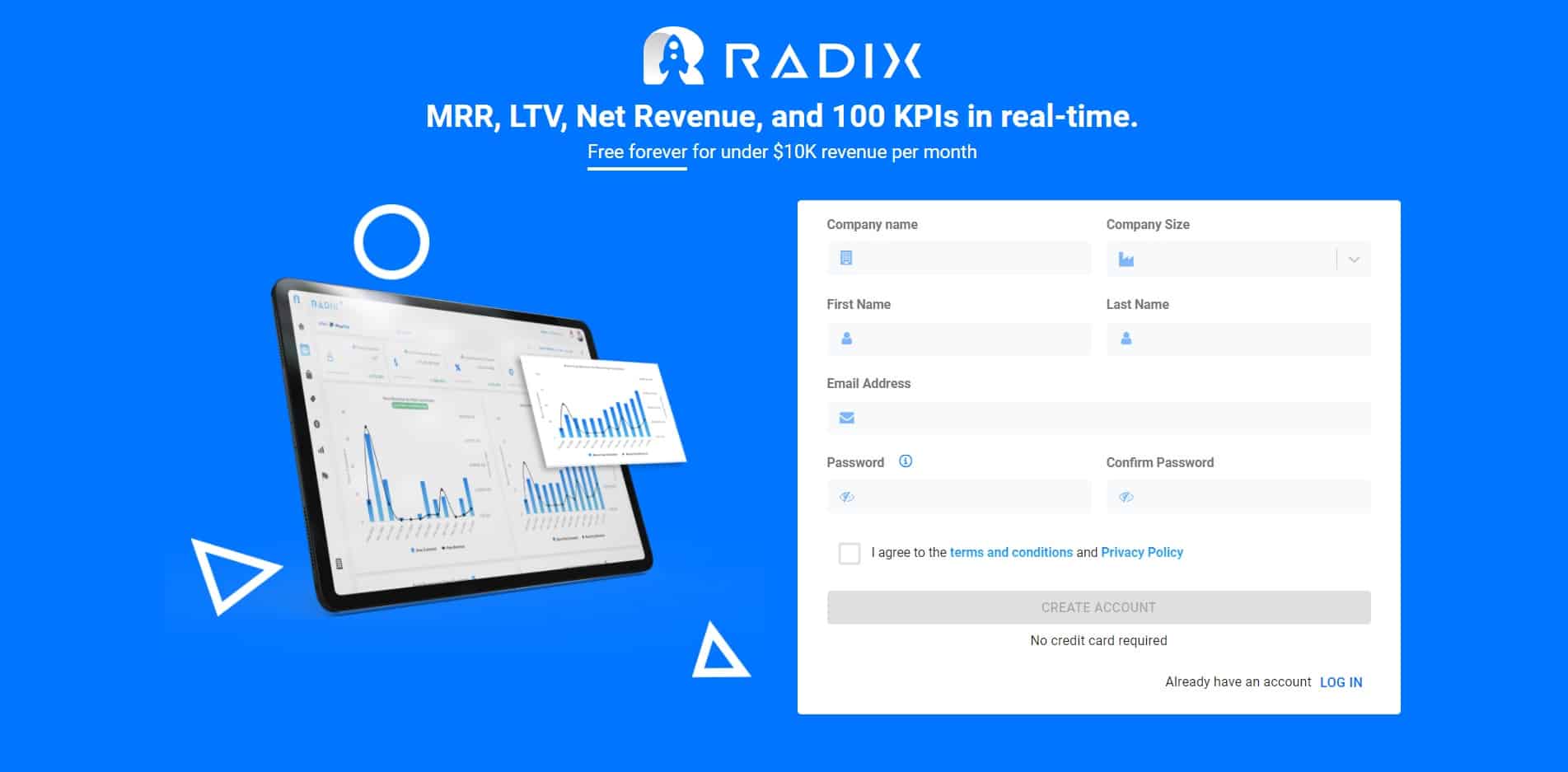One of the most important figures for investors and management is; revenue. Many companies not only depend on revenue for survival but also to stay competitive. Revenue recognition is an essential tool that management can use to measure profitability and generate cash. However, accurate reporting of revenue can be tricky. A company’s revenue stream might not be the same as the amount that is billed or collected in a contract with customers.
Revenue recognition is a complex concept but understanding what must be met to achieve it is not. Revenue recognition refers to the process of reporting revenues earned by a company. It remains one of the most controversial topics among CFOs and accounting professionals, though, because getting financial data right is vital when deciding upon a company’s next move-the capital raised or whether dividends should be paid out to shareholders.
In this article, we’ll go through several revenue recognition methodologies and the contexts in which companies employ them the most.
There are specific guidelines for calculating and reporting income for businesses. The ASC 606, released by the International Accounting Standards Board (IASB) and the Financial Accounting Standards Board, is one such widely accepted revenue recognition standard (FASB). The ASC 606 provides a five-step revenue recognition approach that is flexible and robust. This approach makes it easier for companies to prepare financial statements by directing how much and when revenue should be recognized.
Common Revenue Recognition Methods
You can recognize income as revenue in a company’s financial statement in a few different ways. The recommended approach varies by industry and company. The ASC 606 framework defines a ‘performance obligation’ as a distinct product or service offered to the customer. To choose the best revenue recognition technique, you must first understand your company’s performance requirements and howto fulfill them.
The following are some of the most frequent revenue recognition methods.
Sales-Basis Method
The sales-basis of accounting determines revenue recognition upon the movement of goods and services in exchange for cash or cash equivalents while the cost of all transactions are recognized upon the receipt of cash, rather than the passage of time. Use of the sales-basis definition is a necessity when the seller and purchaser are unable to finalize the transaction within any applicable statutory timeframe, but still require some form of revenue recognition to account for the sale.
Percentage of Completion Method
You use the percentage of completion method to record contract revenue as the services are provided, instead of recording it all in one lump sum when services are completed.
When businesses operate on huge or long-term contracts, this strategy comes into play. Companies must demonstrate that they are making money even if the project isn’t finished. This is accomplished by explicitly defining milestones or other indicators of progress in the contract, which are used to track income throughout the project.
To use the percentage of completion method, you need to:
- Ensure that the contract you draw up is enforceable by law.
- Make soure your service or offering has quantifiable milestones.
There are two methods for calculating the percentage of completion. Revenue might be recognized depending on set milestones or a fixed cost. A milestone in a software project, for example, maybe the completion of a certain number of modules. Cost-based revenue can also be recognized. If a project’s overall cost is $40,000, it’s safe to estimate that it’ll be half-finished by the time they spend $20,000.
Completed Contract Method
The completed contract method of revenue recognition is one of the oldest methods used by companies to recognize revenue from a customer.
In this approach, when the customer’s obligation to pay for goods or services is transferred to the enterprise and the company has no further obligations to the customer, then you can record sales.
Cost Recovery Method
Cost recover method is a revenue recognition method which uses actual expenses incurred by the selling entity during the accounting period in order to match revenues from the sale of goods or services with the underlying costs.
The cost recovery technique, also known as the cost recoverability method, is one of the most conservative approaches to revenue recognition. You can count revenue only when you recover the cost of the service.
Instead of recording revenue and then balancing those revenues with expenses, this technique waits until the contract’s expenses are accounted for.
The leftover money is reported as income once the costs have been recovered. Companies frequently use this method when there is a delay in payments.
Installment Method
The installment method is used by businesses to account for goods or services when they are delivered or performed over a period of time. For example, if a business receives $30,000 up front in exchange for 10 hours of professional services to be delivered over the next 12 months, they will show this transaction as revenue of $3,000 each month. This installment revenue recognition method focuses on satisfying performance obligations as opposed to when cash is received.
Subscription Businesses’ Revenue Recognition Methods
Like many other industries, the subscription business space relies on certain recognition and measurement methods in valuating revenue from customers. However, being fairly young, the industry makes use of a diverse range of methods for businesses to thrive using different sources of income generation. Some examples of such businesses are Spotify, Dollar Shave Club, and Buffer. The revenue recognition models and methods approved by industry bodies depend on the service a company provides, the nature of its client relationships, the type of license it offers, and its business model among other factors.
When you buy groceries at a supermarket or when you buy a car at a dealership with the agreement that you pay it off over 18 months, the revenue transaction is fairly straightforward and simple.
However, it becomes a little more difficult for subscription businesses. Assume a company has two plans, each of which you can invoice monthly, quarterly, or yearly. Don’t forget to include in setup, product training, and other one-time costs. Finally, provide some discounts. Consider revenue recognition for a four-year contract with a 15% reduction during the first year, excluding one-time expenses. What happens if the customer decides to downgrade after 10 months?
Subscription firms face a wide range of revenue recognition scenarios due to:
- multi-year contracts.
- various billing cycles
- discounts
- and one-time charges.
Subscription businesses generally prefer revenue recognition methods like:
- Proportional Performance
- Point in Time (revenue at delivery or shipment)
- Percentage of Completion
What is the best revenue recognition strategy for you?
When deciding on a revenue recognition technique for a company, it’s important to consider:
- The business model,
- Customer use cases.
- The nature of the performance obligations, and how to fulfill them.
If you use the improper approach, your balance sheet figures may be not accurate. This, in turn, may impact your executive choices, tax liabilities, and investor confidence.
If you are a SaaS company, you can use Radix to track, analyze and forecast revenue in order to understand the true health of your business, while turning analytics into actionable insights. The best revenue recognition strategy is the one you can back up with accurate data.
Sign Up Here!

Read More:
How to Forecast MRR: A Super Quick Guide
Forecast & Simulate with Radix For Free (MRR/ARR, Churn, and more)
MRR: What is Monthly Recurring Revenue?
Improve MRR Performance:10 Tips for Improving Your MRR for Better Business Growth





